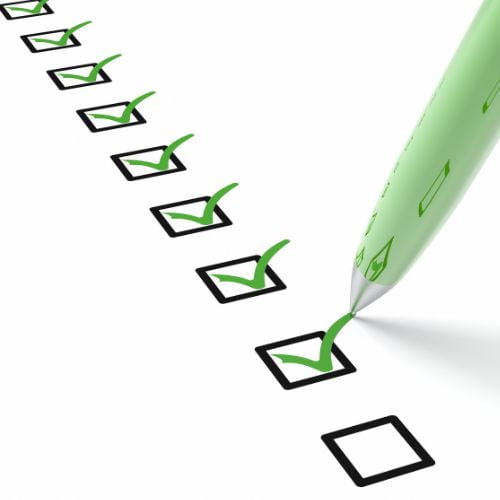Is your stationery cupboard a mess? Did you know that office equipment management software can help you track everything? Read this post to find out more!
RFID Tracking: Top Tips
RFID Tracking: Top Tips
RFID tracking is perhaps one of the most effective ways to track assets. Reliable and easy to use, an RFID tracking app can make understanding and controlling your assets very simple.
But how can you make the most out of tracking your assets? Below, you can find some top tips that will prove to be very useful.
What RFID Tracking Is
Radio frequency identification tracking is the ideal way to track your assets. Working in a similar way to barcodes, RFID tags need to be scanned. However, you do not need to be able to see a tag to scan it. This is the beauty of tags such as this. You simply need to be close to the tag and your scanner will pick up its radio frequency. Each tiny tag emits a frequency allowing it to be picked up and the asset identified. What this means is that you may not need to handle those expensive assets or remove 50 boxes from a pallet in order to update one asset’s profile. Simply walk close to the asset in question and you’ll see that some tags are detected. Select the RFID tag/asset in question and you’re good to go. Just make sure that your RFID tracking app offers you the chance to update your assets’ profile with ease as it’ll make using the app very convenient.
Track Every Asset
One of the best things that you can do is to track all of your assets. The more you track, the better. You can gain a deeper understanding of how your business or department works when you track everything.
Make sure that you choose an RFID tracking app that is simple to use. It should also offer you the chance to track everything in a variety of ways. For example, you should be able to track how often your machinery is used, who uses which photocopier, and much more. Consider what it is you want from an app before you opt for one.
Use Multiple Devices To Track Your Assets
One of the best things about using an RFID tracking app is that it can be used on multiple devices. All that you need to do is to install the app on your phone or tablet. You can also install the app on your laptop or desktop computer, should you wish to. Being able to access your tracking app easily and on different devices is very satisfying. It means that you can make adjustments to your chosen asset’s profile. You can add or remove information, set up reminders, assign assets, and so much more. You can do this easily via the online portal on your desktop computer or laptop. Alternatively, you can choose to use the app on your tablet or phone.
If you tend to work in the field or simply away from your desk you’ll find the portability of the app very convenient. Use it whenever and wherever you need to so you can control your assets easily.
Create Data And Export Your Reports
Your chosen RFID tracking app should ideally allow you to both create and export reports. Every time that you use an asset, data is automatically created. This data can prove to be invaluable to your business. It’s this data that could show you how your assets are being used. It can also show you how often something goes wrong or even if you need to purchase more assets.
As we have just seen, when you begin to use your app you will start to create data. After a while, you may wish to create a report and export it. If this is something that appeals to you, please make sure that you choose an app that offers this feature. There’s nothing worse than finding out the app you’ve purchased and installed does not do everything you want it to. Look for an app that will allow you to export your reports to PDF so you can read them easily. You could even print the report off if you wish to.
Regularly Examine And Repair Your Assets
Every single asset that you own may choose to break down from time to time. They usually choose to break down when you’re at your busiest. In any case, you can make sure that your assets stay in good condition most of the time. Your new RFID tracking app should allow you to set up a schedule so your maintenance team can regularly examine and repair your assets. When you stay on top of your repairs you are more likely to have assets that last longer. This means they could be more reliable and ensure your business is more productive.
Would you like to speak with an expert about using an RFID tracking app? Contact us today at team@itemit.com.
The Best RFID Tracking App
Choose a better way to track your assets
Start your free 14-day trial now
Instant access. No credit card details required.
Related articles
How To Keep Track Of Your Stationery Cupboard
Tips For Managing Your Office Equipment
Struggle to manage your office equipment? Use device inventory management to give you more control over your assets. Read this article to find out how!
Expert Guide: RFID Tracking Explained
What is RFID Tracking and how can an RFID tracking tool make a difference to your business? Read our expert guide so you know how your business can benefit!



